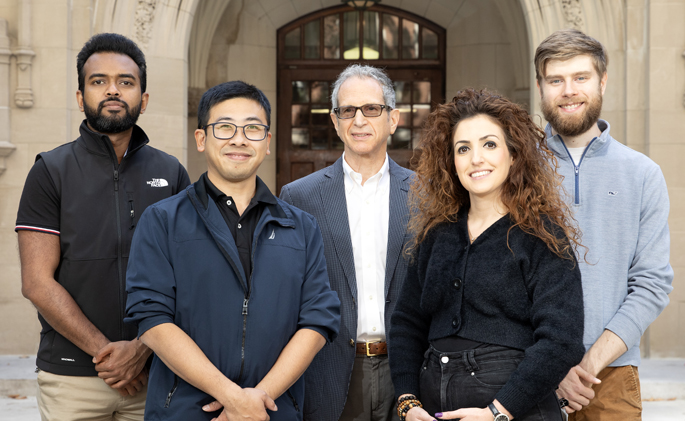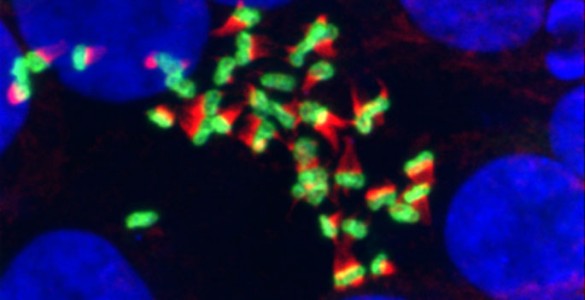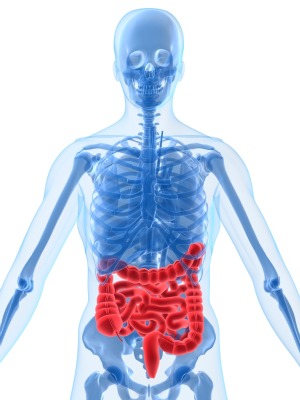by Leigh MacMillan
Interactions between microbes and host cells in the gastrointestinal tract have been implicated in the development and progression of colorectal cancer. Current techniques to study gut microbes and host cells preserve these populations separately, removing the opportunity to explore spatial interactions between them.
Ken Lau, PhD, and colleagues have now established a method for preserving microbes and host cells together using a mucus-adhesive polymer called Poloxamer 407. The investigators formulated the Poloxamer 407 to polymerize and cross-link at room temperature, making it suitable for clinical workflows.
They demonstrated that the approach preserves spatially defined compartments of the mucus bilayer containing both host cells and bacterial communities. Preserved samples were suitable for fluorescent detection of gut tissue proteins and microbial genetic material, which enabled simultaneous multimodal analyses of host cells and microbes.
The new approach, reported in npj Biofilms and Microbiomes, makes it possible for researchers to study complex host-microbe interactions in native tissue environments, and potentially in clinical specimens.
This research was supported by grants from the National Institutes of Health (DK103831, CA236733, CA197570, CA233291, DK007673, HD007502, AI007281).















